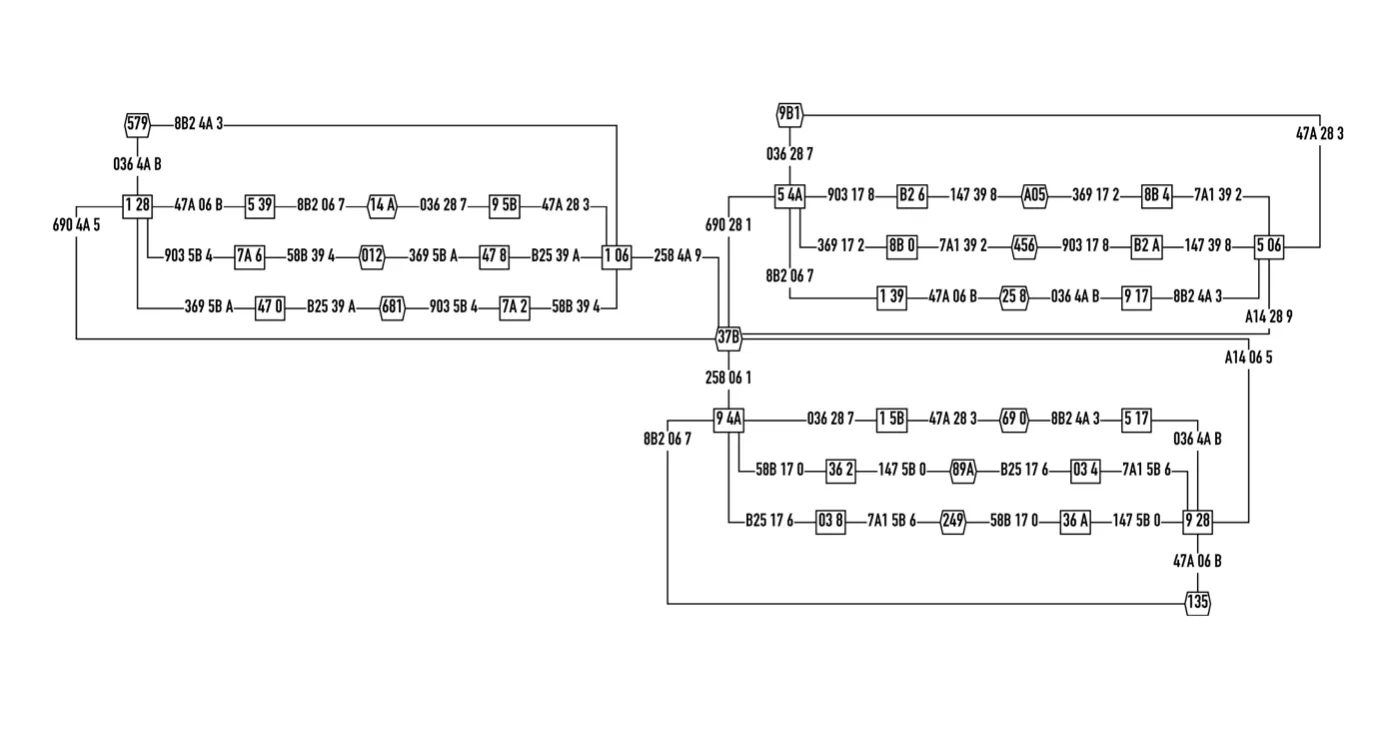
Heinonen’s first compositional activity dates from 2015, starting with studies in piano and in composition with Sampsa Ertamo. In 2017, he was a Finalist in the III Uuno Klami composition competition for Children and Young People. He has participated in masterclasses, such as Sävellyspaja 2018 with Tomi Räisänen Jukka Tiensuu in Porvoo and with Vito Žuraj in 2025 in Lappeenranta. Heinonen has also received composition lessons from Samuel Andreyev and Perttu Haapanen. Lessons with Andreyev have in particular had a strong and lasting impact. He has taken part in a residence program precept.concept.percept in Slovenia in 2025 and in the upcoming residence in 2026. Heinonen’s work has been performed at different festivals, such as the Musica Nova festival in Helsinki, Bled Contemporary Music Week in Slovenia and Kumaus Festival in Lappeenranta. He has received performances in his native Finland, as well as Sweden, Spain and Slovenia.
Heinonen also emphasizes his self-study of through independent study, music analysis and experimentation with various compositional techniques, such as computer-assisted composition. Heinonen has a significant interest in mathematics, which he has studied at Tampere University since 2021. His studies also features chemistry and physics. He is interested in integrating mathematical concepts in his works, although not in a rigid manner. Many of his works draw particularly from graph theory, which is applied compositional schemes. Graph theory is particularly suited to modeling harmonies and the combinatorial possibilities it offers, all of which Heinonen applies in his compositional work.
Heinonen’s work has been recorded commercially by cellist Juan Aguilera Cerezo, featuring his Sonata for Solo Violoncello No. 1 ”Contrapositions” and a upcoming release of his second, ”Vertex”, supported by Finnish Cultural Foundation.
Heinonen is extremely active compositionally, seeking ways to collaborate with musicians in order to realize his musical visions. He also has an interest in wide range of music, dating from medieval to contemporary works.
Power Set tire son nom de l'ensemble mathématique de puissance, un ensemble de tous les sous-ensembles, ainsi que de la puissante écriture en accordéon de l'œuvre. L'œuvre passe systématiquement par toutes les combinaisons possibles d'instruments dans des ambiances et des caractères variés. Chaque instrument se voit attribuer un monde harmonique propre, qui produit des combinaisons variées. L'œuvre commence avec tous les instruments, puis est suivie uniquement par l'accordéon solo. Diverses autres combinaisons sont ensuite progressivement explorées. L'œuvre se termine de la même manière qu'elle a commencé, mais sous forme palindromique. Le travail porte également sur une application précoce de la théorie des graphes appliquée à l'harmonie, dont on peut voir un exemple ci-dessous.
